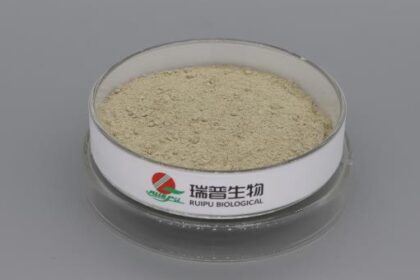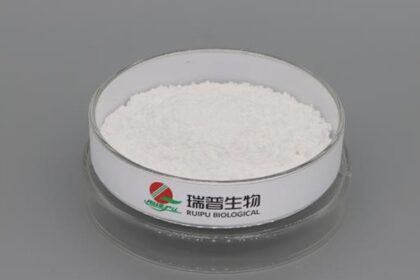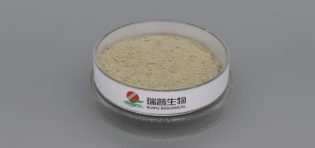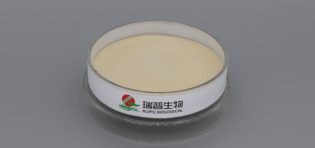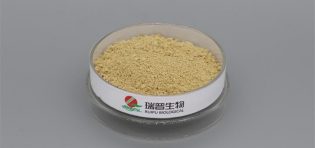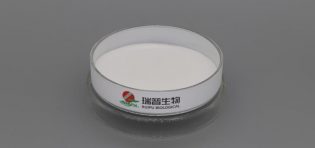
Taurine is an important biologically active substance with extensive product characteristics and applications. Here is a detailed introduction about taurine:
1.Definition and Properties:
Chemical name: 2-aminoethanesulfonic acid or β-aminoethanesulfonic acid.
Chemical formula: C₂H₇NO₃S.
Structural formula: H₂N-CH₂-CH₂-SO₃H.
Relative molecular mass: 125.15.
Physical state: white monoclinic prismatic crystal or crystalline powder, non-toxic, odorless, slightly sour, and thermally stable.
Characteristic: It is a sulfur-containing non-protein amino acid that mainly exists in the body in a free form and does not participate in the biosynthesis of proteins in the body.
2.Source:
The body can obtain taurine from the diet or synthesize it by itself. The main dietary source of taurine is animal-based foods, especially marine animals.
3.Physiological Functions:
Participates in regulating cell volume, provides a foundation for bile salt formation, and plays an important role in modulating intracellular free calcium concentration.
Widely distributed in the brain, heart, liver, kidney, ovary, uterus, skeletal muscle, blood, saliva, and milk of humans and animals, with the highest concentration in the pineal body, retina, pituitary gland, adrenal gland, and other tissues.
Possesses a wide range of biological functions such as anti-inflammatory, analgesic, maintaining body osmotic pressure balance, maintaining normal visual function, regulating cellular calcium balance, lowering blood sugar, regulating nerve conduction, participating in endocrine activities, regulating lipid digestion and absorption, increasing heart contraction ability, improving body immunity, enhancing cell membrane antioxidant capacity, and protecting cardiomyocytes.
4.Applications:
Medical field: Taurine has effects such as enhancing cardiomyocyte function, promoting gastrointestinal motility, repairing the cornea, and promoting intellectual development, which have a positive impact on human health.
Food additive: As a nutritional enhancer, it is widely used in infant food, dairy products, and other fields to supplement the body's taurine needs.
Other fields: It can also be used in fluorescent brighteners, organic synthesis, and other fields. Additionally, it can be used as a biochemical reagent, wetting agent, pH buffer, etc.
5.Intake Pathways:
Taurine can generally be obtained through daily diet, such as pork, beef, oysters, crabs, deep-sea fish, milk, and other foods that are rich in taurine.
In conclusion, taurine is a biologically active substance with multiple physiological functions and wide application value, which is of great significance to human health.

